




An Introduction to the Muscular System
Muscle fibres are specialised cells that make up the muscular system. Their main function is contractility, that is they contract which results in movement of our body. Movement is controlled by muscles, which are attached to bones or internal organs and blood vessels. Muscle contraction causes nearly all movement in the body. The action of cilia, the flagellum on sperm cells, and amoeboid movement of some white blood cells are exceptions to this rule.
Walking and running are obvious movements produced by the coordinated action of joints, bones, and skeletal muscles. Skeletal muscles also make more subtle movements, which result in different facial expressions, eye movements, and respiration.
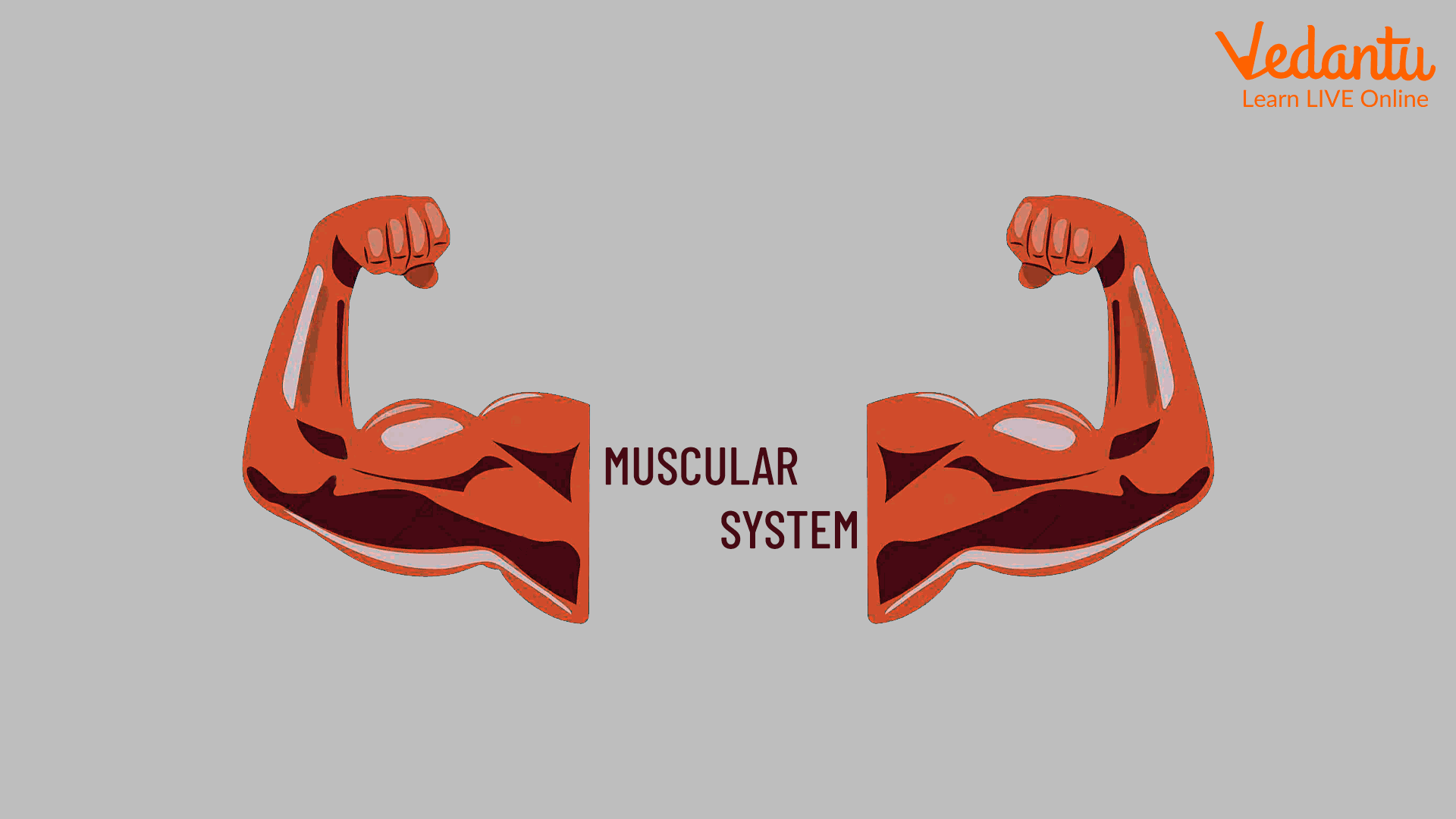
The Muscular System
Muscles in the Human Body
Muscles are made of strong tissue that can contract in a controlled manner. Your muscular system has a variety of functions and muscle types. All muscle tissues are made up of contracting cells. Muscle tissues become shorter when the cells of a muscle contract. When the cells relax, the muscle tissues return to their original length.
Functions of the Muscular System
Movement
Many of your muscles aid in movement. The majority of these muscles are attached to the bones. These muscles are responsible for the movement of your skeleton.
When muscles contract, bones move. This movement can be quick, like when you run. Slow movement, such as when stretching, is also possible.
Many muscles in your body are not connected to bones.
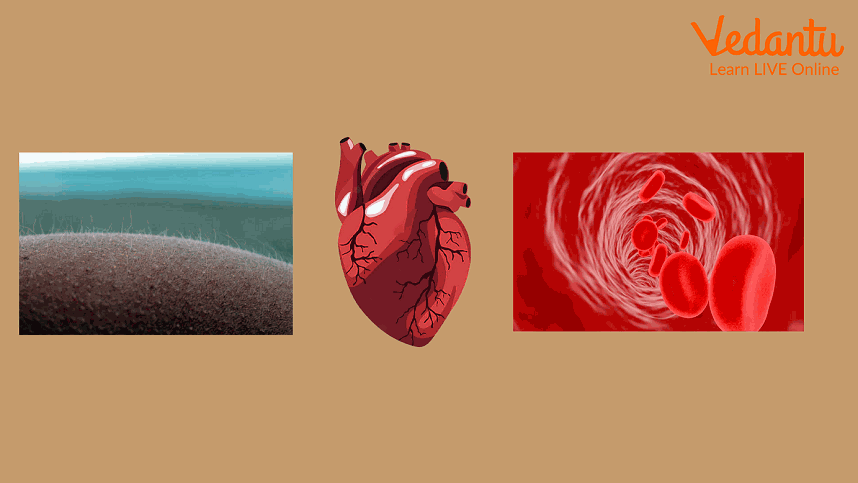
Muscular System Function
Stability
Muscles attached to your bones support your body and aid in your balance.
Tendons are the fibrous bands that connect muscles to bones.
Tendons collaborate with muscles to keep your joints stable as your body moves.
Tendons also aid in keeping your body in proper posture or shape.
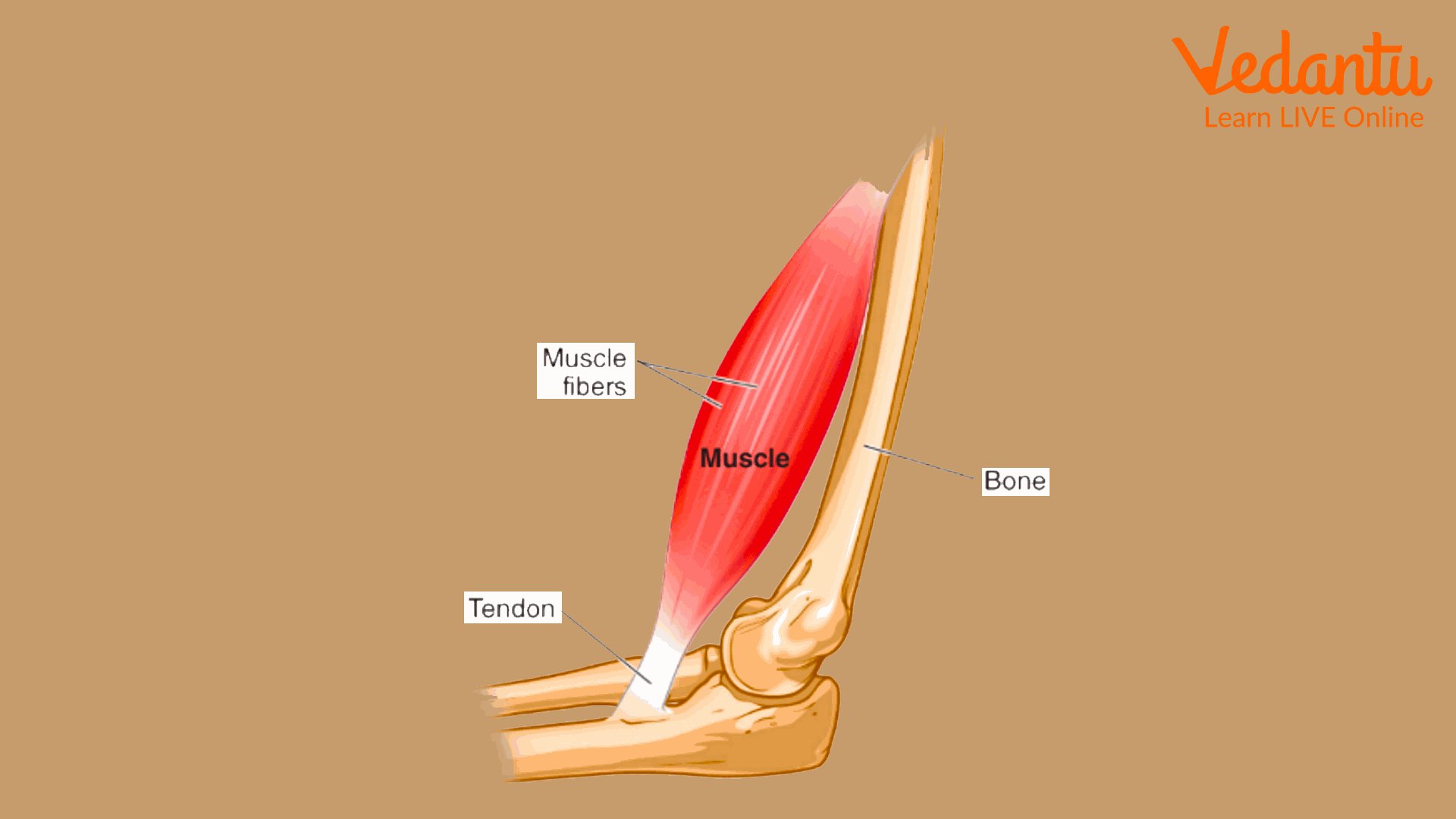
Tendons Collaborate
Protection
Muscles guard your body. They cover the majority of your skeleton.
Muscles also cover the majority of your body's organs.
Muscles are similar to a layer of padding. They protect your internal organs by encircling your abdomen, chest, and back.
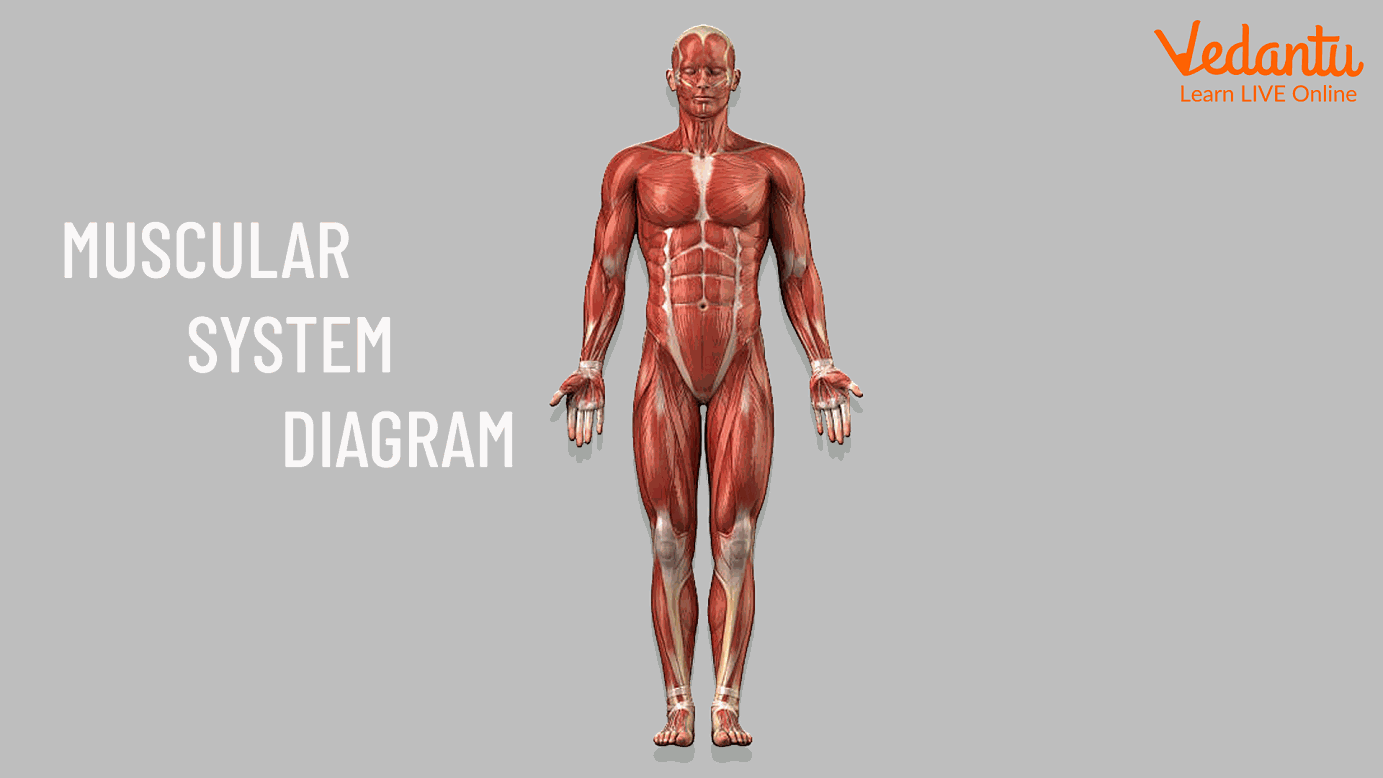
The Muscular System Diagram
Temperature Regulation
Your muscular system aids your body in maintaining an internal temperature within a specific range.
Have You Ever Felt Cold and Shivered?
Shivering is caused by muscles contracting rapidly. This process converts chemical energy to thermal energy—the thermal energy released aids in maintaining your body's temperature.
This is significant because a human's body temperature must remain constant at around 37 degrees Celsius for the body to function appropriately.
During exercise, muscles also convert chemical energy to thermal energy. This is why you feel warm after exercising.
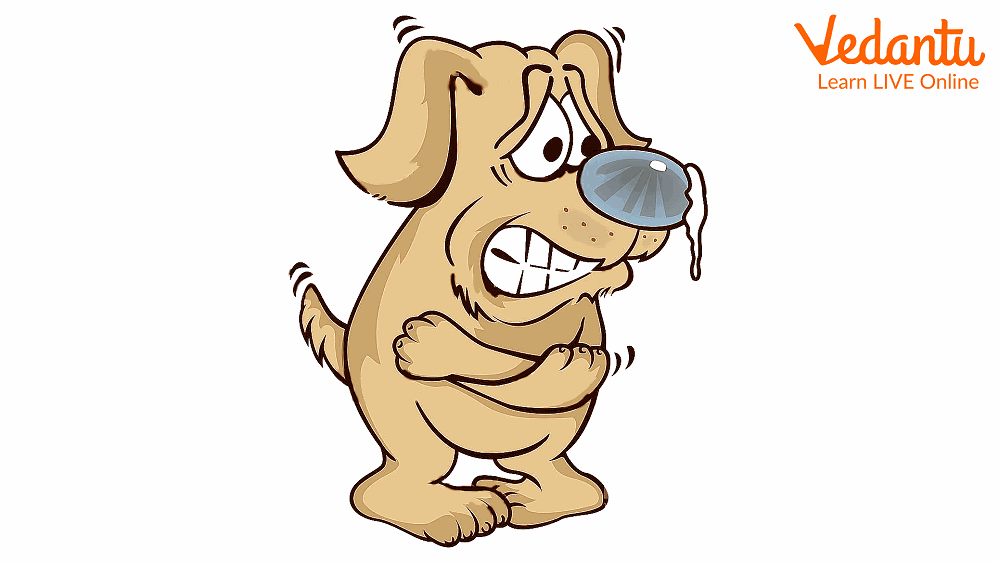
Feeling Cold and Shivering
Muscle Types
Skeletal Muscles - These are the muscles that allow us to move. They wrap around our skeleton and move our bones. Striped muscles are so-called because they have long dark and light bands of fibres that look striped. These muscles are voluntary because we control them directly with brain signals.
Smooth Muscles - Smooth muscles are unique muscles that do not connect to bones but control organs in our bodies. These muscles function without our conscious awareness.
Cardiac Muscle - This unique muscle transports our heart and blood throughout our bodies.
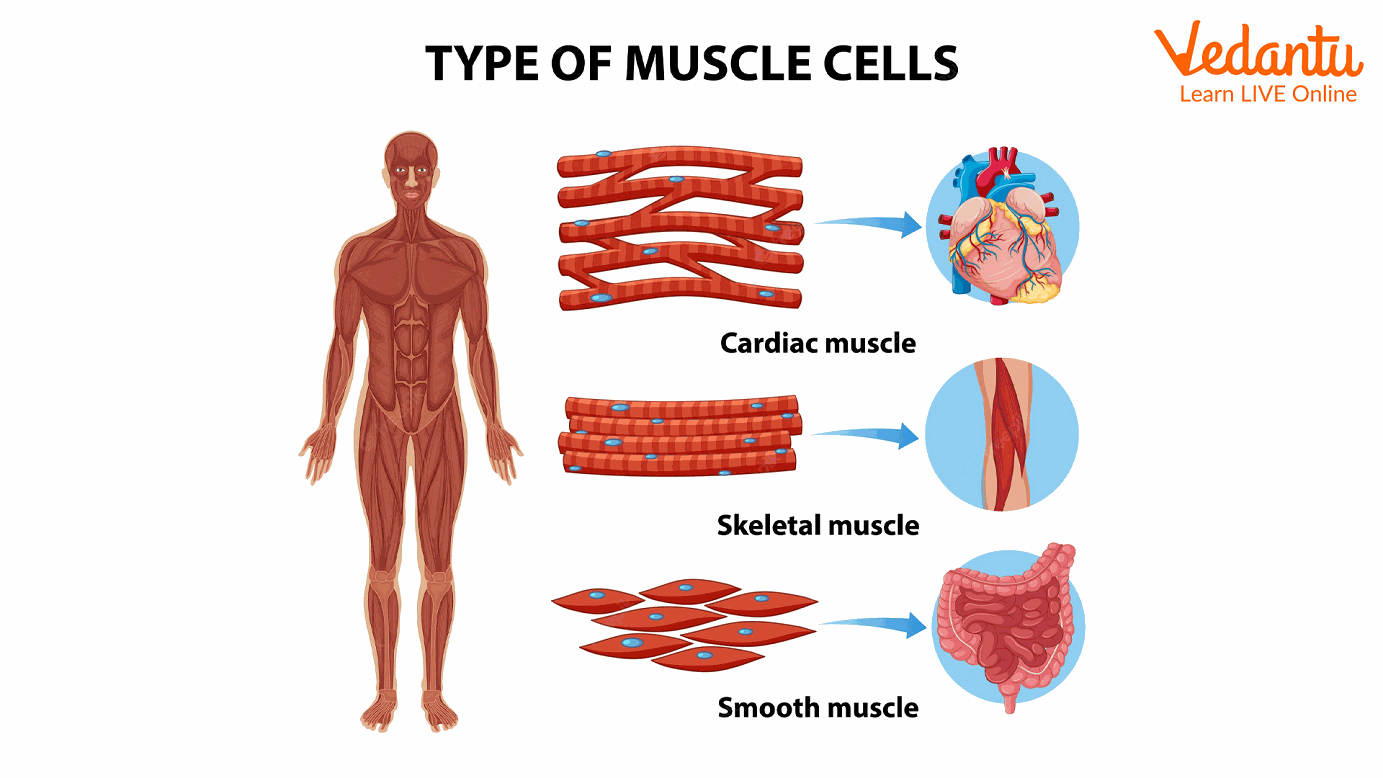
Types of Muscles
Solved Questions
1. Muscles are classified into three types in the body:
A) Smooth muscle, sports muscles, and skeletal muscles
B) Smooth muscle, cardiac muscle, and skeletal muscle
C) Smooth muscle, running muscle, and face muscles
D) Smooth muscle, flexible muscle, and strength muscle
Ans: B) Smooth muscle, cardiac muscle, and skeletal muscle
2. Which muscle aids in shoulder movement?
A) Smooth muscle
B) Deltoid muscle
C) Quadriceps
D) Tendons
Ans: B) Deltoid muscle
3. Which muscle type is found in your digestive system?
A) Rectus abdominus
B) Cardiac muscle
C) Smooth muscle
D) Stomach muscles
Ans: C) Smooth muscle
Summary
The muscular system is a complicated network of muscles essential to the human body. Muscles are involved in everything you do. They regulate your heartbeat and breathing, aid digestion, and allow you to move. Like the rest of your body, muscles benefit from regular exercise and a nutritious diet.
FAQs on Surprising Muscle Facts
1. What function does the muscular system serve?
The primary function of the muscular system is to allow movement. Muscle contraction contributes to both gross and fine movement.
2. What are the three major components of the muscular system?
The three major components of the muscular system are as follows:
Skeletal muscle is specialised tissue attached to bones that allow movement.
Smooth muscle is found in various internal structures such as the digestive tract, the uterus, and blood vessels such as arteries.
The cardiac muscle is a heart-specific muscle.
3. Is the heart a musculoskeletal organ?
In reality, your heart is a muscular organ. An organ is a collection of tissues collaborating to perform a specific function. This function of your heart is to pump blood throughout your body. Furthermore, the heart is primarily composed of a muscle tissue called cardiac muscle.
4. What muscles enable us to move?
Skeletal muscles allow us to move. They wrap around our skeleton and move our bones.
5. How do our muscles protect us?
Muscles guard your body. They cover the majority of your skeleton. Muscles also cover the majority of your body's organs. Muscles are similar to a layer of padding. They protect your internal organs by encircling your abdomen, chest, and back.









